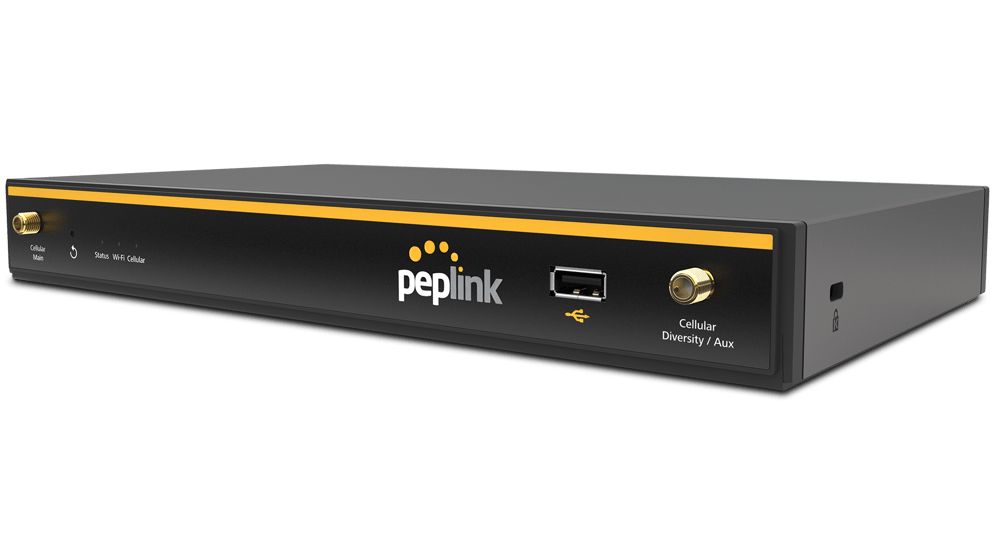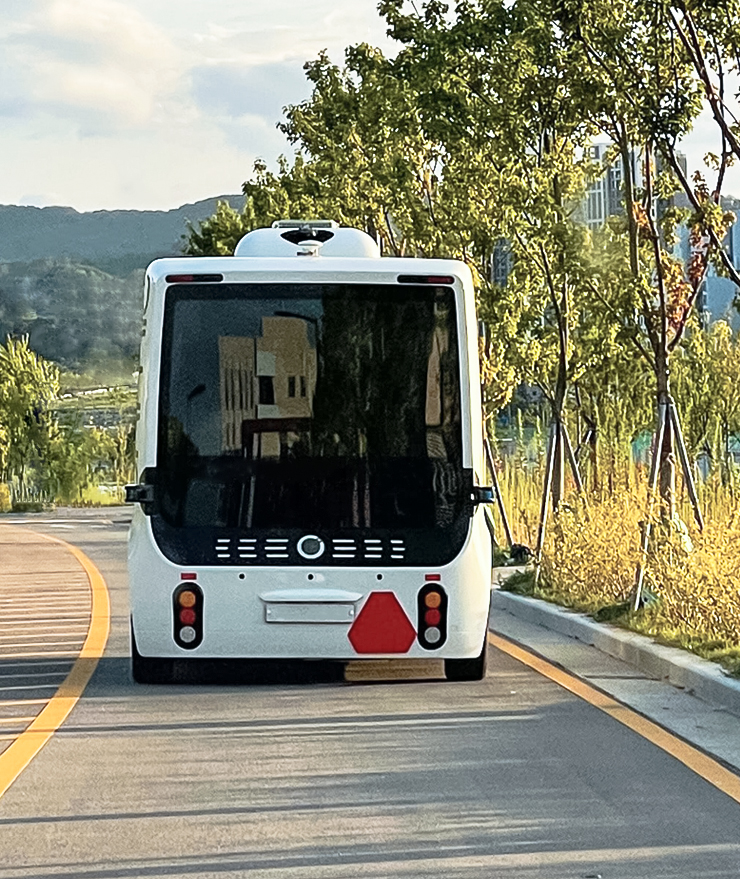Unmanned autonomous driving robots are expected to be a means of solving the problems of last-mile delivery. They are an emerging solution used as an alternative for labor shortages, and benefits include an increase in efficiency, and a positive shopping experience.
This project just goes to show where the market trend is going. Everyone wants to improve efficiency, and Peplink dominates in providing efficient connectivity.

Challenge
Our technology partner was seeking a mobility router that could support both high bandwidth and IoT WAN connections plus centimeter level real time positioning technologies.
This project involves consumers making online purchases from the comfort of their own homes. After sufficient orders are placed from multiple customers, the goods are then placed into an unmanned robot that calculates the most efficient route based on the customers locations. Customers are then notified of the pickup point and estimated arrival time.
Based on this, various on-board peripherals, such as ultrasonic sensors, GPS, and a very important TOF camera, need to be linked securely. These are used for measuring distances and scanning objects to avoid obstacles. This meant that staying connected during all conditions was an absolute must.
Solution
Through careful brainstorming with the partner, we worked around the clock to formulate the best solution available on the market. This was based around the Balance 20X, with an expandable LoRaWAN module able to combine and support multiple communication protocols.
The LoRaWAN interface runs on a license-free spectrum and can transmit low bandwidth data such as order updates across long ranges, sometimes up to 15 kilometers. For higher bandwidth loads such as navigation, full self-driving, map updates, video streaming etc, the built-in LTE and MAX Adapter 5G can handle these without any issues.


The Balance 20X supports GPS and an unbreakable VPN that can constantly monitor the positioning in order to help the car park in the correct spot.
By linking this to a versatile FusionHub appliance in the datacenter, a SpeedFusion VPN tunnel was formed to provide utmost confidentiality to their data. Within the tunnel, the team could adjust the outbound policies to cater to their needs, including Hot Failover to seamlessly provide a backup from 5G to LTE.
Result
With SpeedFusion Hot Failover running, the robot could operate reliably and automatically unattended with the MAX Adapter 5G’s low latency. The constant transmission of data through the SpeedFusion VPN tunnel also allowed staff to monitor the situation and take over remotely should there be any situations which requires so.
Through months of testing, we could see LoRaWAN had fewer weak signal spots and even less deadspots when compared to 5G, LTE and Wi-Fi. This makes it an extremely reliable channel to constantly transmit low bandwidth data to update route/orders for the robot while it shuttles between the 2 locations.


Deployment

- 1x embedded cellular modem
- USB WAN support for the MAX Adapter 5G
- Expanded to support LoRaWAN

- 5G ready device with redundant SIM slot
- Rugged industrial design for continuous operation
- Slim form factor to fit in the tightest of spaces

- Virtual SpeedFusion appliance established on a public cloud
- Enables SpeedFusion VPN and Hot Failover
- Rapid deployable without needing to setup a second device